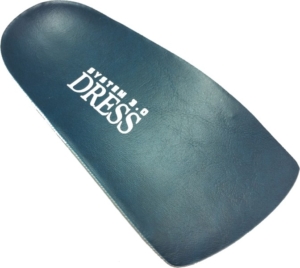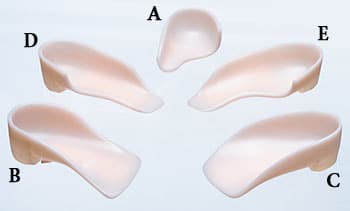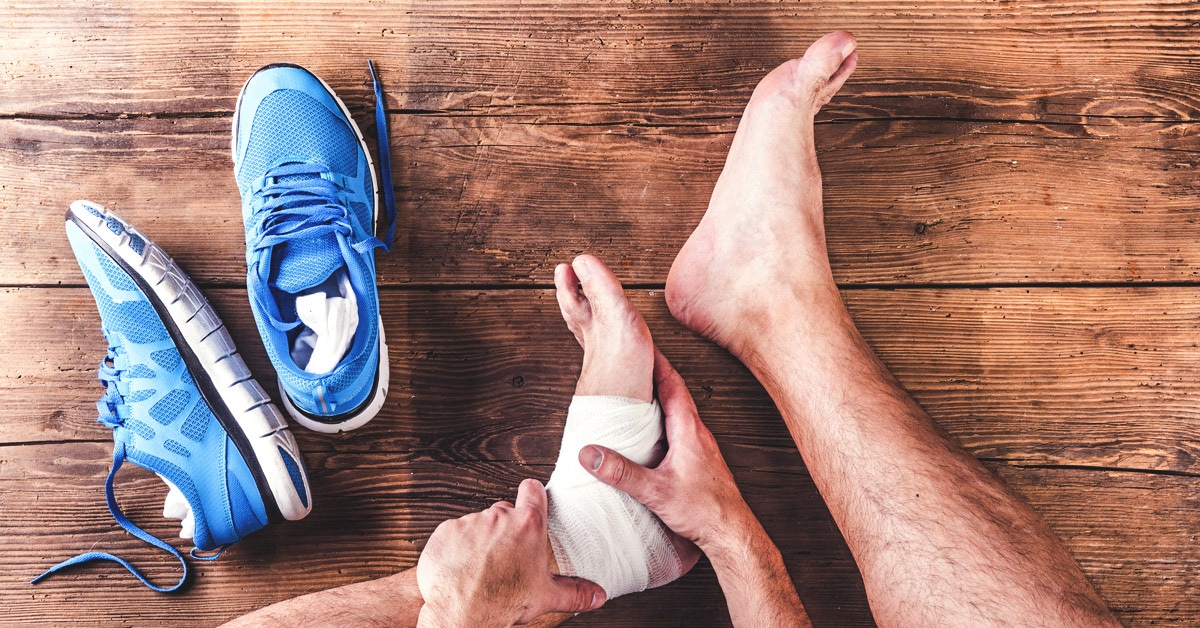 In essence, orthotics pertain to the design, construction, fitting, and the proper utilization of devices that deliver external support to different parts of the body with the inclusion of joints and muscle groups.
In essence, orthotics pertain to the design, construction, fitting, and the proper utilization of devices that deliver external support to different parts of the body with the inclusion of joints and muscle groups.
Problems caused by musculoskeletal disorders, back problems, joint weakness, or the inability of muscle groups to work properly, greatly decrease an individual’s quality of life and limit their mobility. These problems are most commonly caused by one or more of the following:
- Congenital factors
- Injury or trauma
- Chronic, debilitating conditions
- Sports-related injuries
- Degenerative diseases
Orthotics is a branch of the scientific medical field that is solely dedicated to assisting patients suffering from the aforementioned disorders through the development and provision of corrective, assistive, and supportive devices. Orthotics most commonly involves customized development and fabrication of an orthotic that addresses the specific needs of patients.
There are also custom orthotic devices that can be purchased right off the shelves and can be custom-fitted according to a patient’s needs and personal dimensions in order to achieve the desired results. In most cases, orthotic devices are generally worn temporarily as they may then be removed once the patient successfully overcomes his/her condition. There are also cases where orthotics are worn permanently to improve impaired function caused by irreversible congenital disease or a degenerative condition.
The health professional who practices within the field of Orthotics is known as an Orthotist.
Medical conditions that may need the utilization and application of Orthotics:
- Diabetes – this medical condition is reported to be the leading cause of limb loss.
- Obesity – chronic obesity most often leads to the development of Diabetes Mellitus, Type 2. Untreated obesity and diabetes can lead to limb amputation.
- Cardiovascular diseases -the silent killer is also the second leading cause of limb amputation. People with heart problems are at an increased risk for amputation due to a lack of circulation to the distal parts of the body.
- Scoliosis – the management of this progressive disease involves the utilization of scoliotic bracing to properly manage the curvature problems.
- Plantar Fasciitis – a commonly painful inflammation of the sole of the foot that is easily identified by its tendency to cause pain in the morning.
- Arthritis – Inflammation of the joints can cause a great deal of pain to patients. Orthotic devices can reduce the pain so they can resume normal daily activities with relative ease.
- Weakness and Paralysis– patients who suffer from weakness and paralysis are most often prescribed to use reciprocating gait orthosis, a custom brace that greatly assists patients to properly stand and ambulate with minimal to no supervision.
Foot Orthotics
 Although any device can be classified as an orthotic device if it addresses limb or joint problems, the most common orthotic devices are those that involve the foot region. Foot orthotic devices are made from a variety of fabrics and materials and can take many forms. Despite the differences in materials and design, they all share the same goal that which is to improve the foot’s overall function, reduce stress, pain, and deformities as well as to provide support, reduce pressure, mobilize limbs, and significantly decrease the symptoms related to foot related conditions.
Although any device can be classified as an orthotic device if it addresses limb or joint problems, the most common orthotic devices are those that involve the foot region. Foot orthotic devices are made from a variety of fabrics and materials and can take many forms. Despite the differences in materials and design, they all share the same goal that which is to improve the foot’s overall function, reduce stress, pain, and deformities as well as to provide support, reduce pressure, mobilize limbs, and significantly decrease the symptoms related to foot related conditions.
In essence, there are three basic types of foot orthotics:
- Rigid – this is used to control the function of the foot and to reduce or altogether eliminate pain in the feet, legs, and back. As the name suggests, rigid orthotic devices are made from hard or firm materials such as plastic. They are most commonly fitted tightly to the patient’s affected region in order to prevent and correct deformities which in turn cause pain to the rest of the body.
- Soft – orthotic inserts are prime examples of soft orthotic devices. As the name implies these are made from soft materials and are primarily designed to reduce shock and pressure. They also make walking tolerable and comfortable. Patients who find soft orthotic inserts most helpful are those suffering from Diabetes and Arthritis or even any individual standing for extended periods of time.
- Semi-Rigid – orthotic devices that feature both soft and rigid materials that are then layered to provide adequate support. They facilitate the balance of the feet while performing sports activities or the execution of fast movements. By improving the function of the feet with the help of semi-rigid orthotics, the muscles and tendons of the legs will work more efficiently and with less discomfort.
Other types of orthotics available include:
- Spinal braces
- Knee braces
- Crutches
- Assistive walking devices
Benefits of Orthotics
Pain Relief
Pain relief is the number one reason why many people choose to utilize orthotic devices. Long hours of standing or walking are undeniably painful activities that need to be relieved to reduce one’s risk to injuries or the development of more serious foot-related pathologies.
The regular use of orthotic devices will greatly reduce knee and back pain. These problems are greatly reduced when orthotic devices are used and patients get the chance to perform daily activities with minimal to no complaints of pain.
Spine Realignment
Orthotic devices that are designed to support the spine help efficiently realign the spine, thus reducing symptoms in the long haul.
Prevent the Development of Foot Deformities
Minor foot deformities that are unpleasant and painful such as bunions and hammertoes can be well aided with the utilization of foot orthotic devices too.
Shock Absorption and Support
Patients who do not suffer from any medical condition, injury, or deformity can use orthotic devices to provide them with sufficient shock absorption for medium to high-impact activities like jogging, walking, and running.
Custom Orthotics Vs Off-the-Shelf Orthotics
There are basically two orthotic device selections that patients can choose from when in need of an orthotic device, custom-fitted or off-the-shelf. In order to decide which offers the best solution, here are the pros and cons for each category:
Over-the-counter/ off-the-shelf
These items are available in community pharmacies and can be purchased without a prescription. They are relatively inexpensive, and because of that they are the most popular choice since more people can afford them. The features of over-the-counter orthotic devices such as insoles and inserts address a wide variety of foot problems or back problems. However, most of these inserts are known to treat mild to moderate problems only. The outcome is not as satisfactory as the results from utilizing custom fitted orthotic devices.
Custom-Fitted
These are fabricated based on a patient’s unique needs. Custom-fitted orthotic devices are also well fitted because a patient’s feet are measured accurately. The biomechanics faults are eliminated because the pathology and current condition of the patient’s foot is analyzed before the device is designed. The materials can also be modified according to the preferences of the patient, as the materials play a crucial part in the effective treatment of a corrective, supportive, or assistive device.
The results from using custom-fitted inserts and braces may be noticed sooner than those delivered by off-the-shelf devices. One of the primary drawbacks to custom-fitted orthotic devices is that they are relatively more expensive than those you can buy without a prescription and off the shelf.






